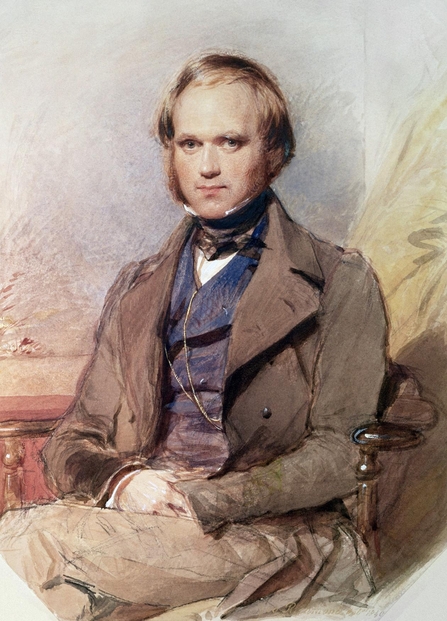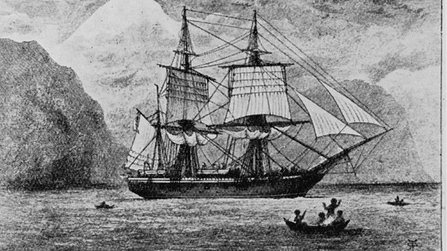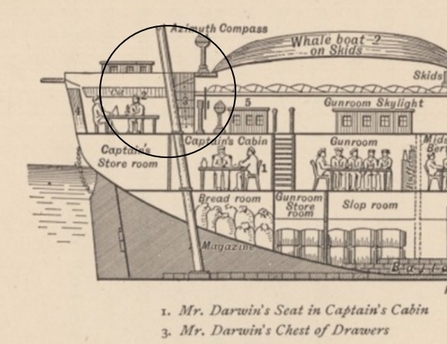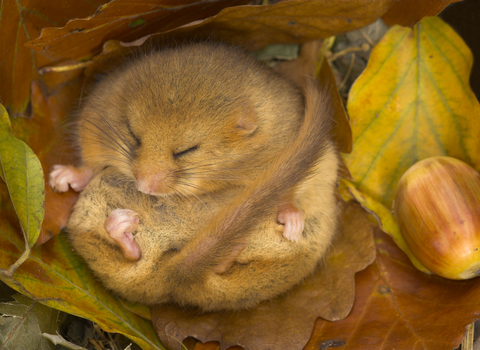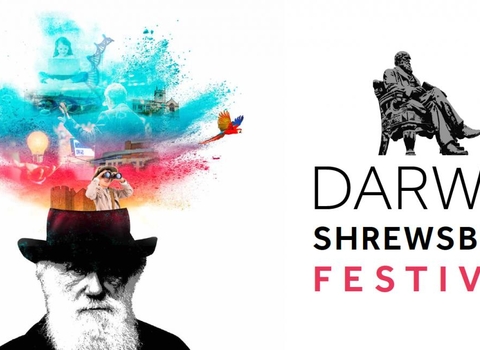In 1831 Charles Darwin finished his studies at Cambridge where he had made his mark as a sportsman rather than a scholar. He later realised his time had been ‘wasted’ when he should have been studying. His father, Dr Robert Darwin, had earlier told him “You care for nothing but shooting, dogs and rat catching and you will be a disgrace to yourself and all your family”.
However, no pursuit at Cambridge gave him as much pleasure as collecting beetles. He remembered in his autobiography-


